How have Russian ideological values changed through the centuries?
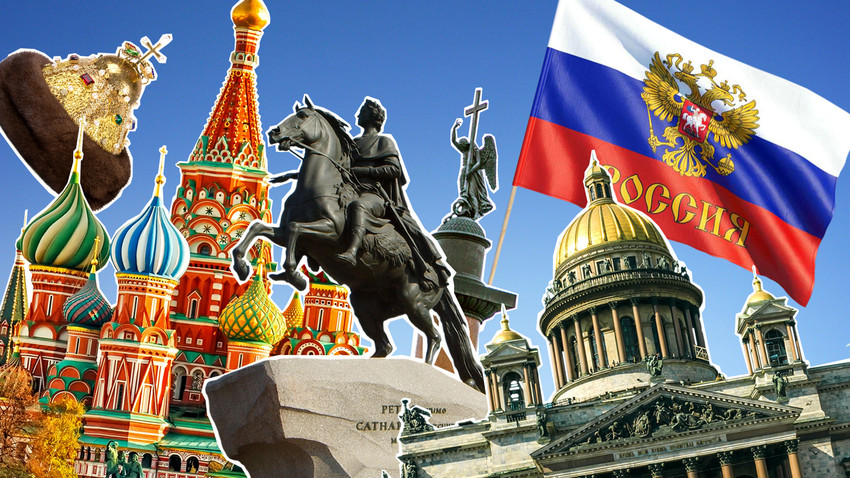
16th century: Third Rome
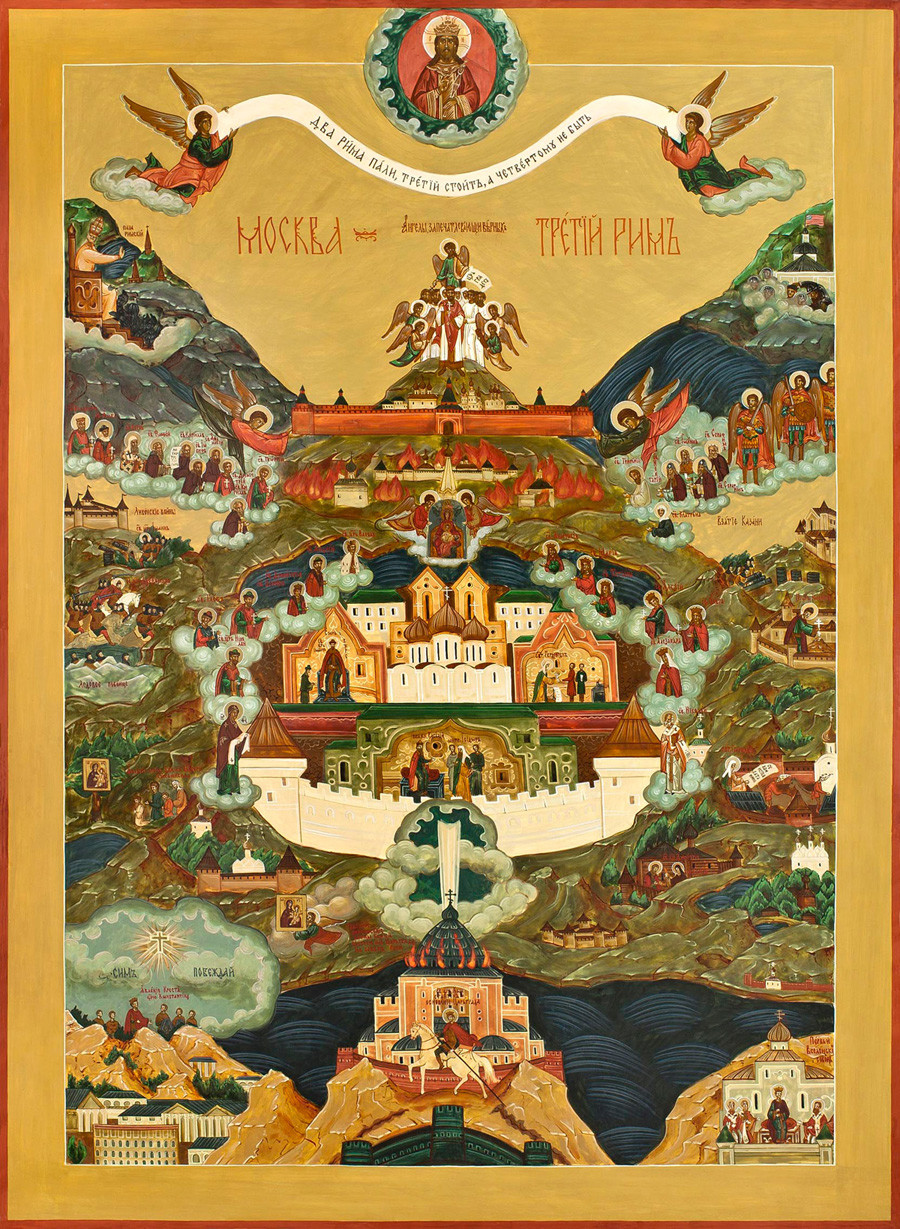
"Moscow – Third Rome" icon, 2011.
Public domainMoscow inherited Byzantium’s coat of arms, the two-headed eagle, which was the symbol of preservation of the “true” faith. The concept was rooted in eschatological ideas, depicting Moscow as the “last Orthodox Tsardom,” ruled by a pious and wise monarch, who was also the head of the Orthodox Church. This ideology worked well for the institution of Tsarism that was established by Ivan the Terrible.
17th century: Symphonia of church and state
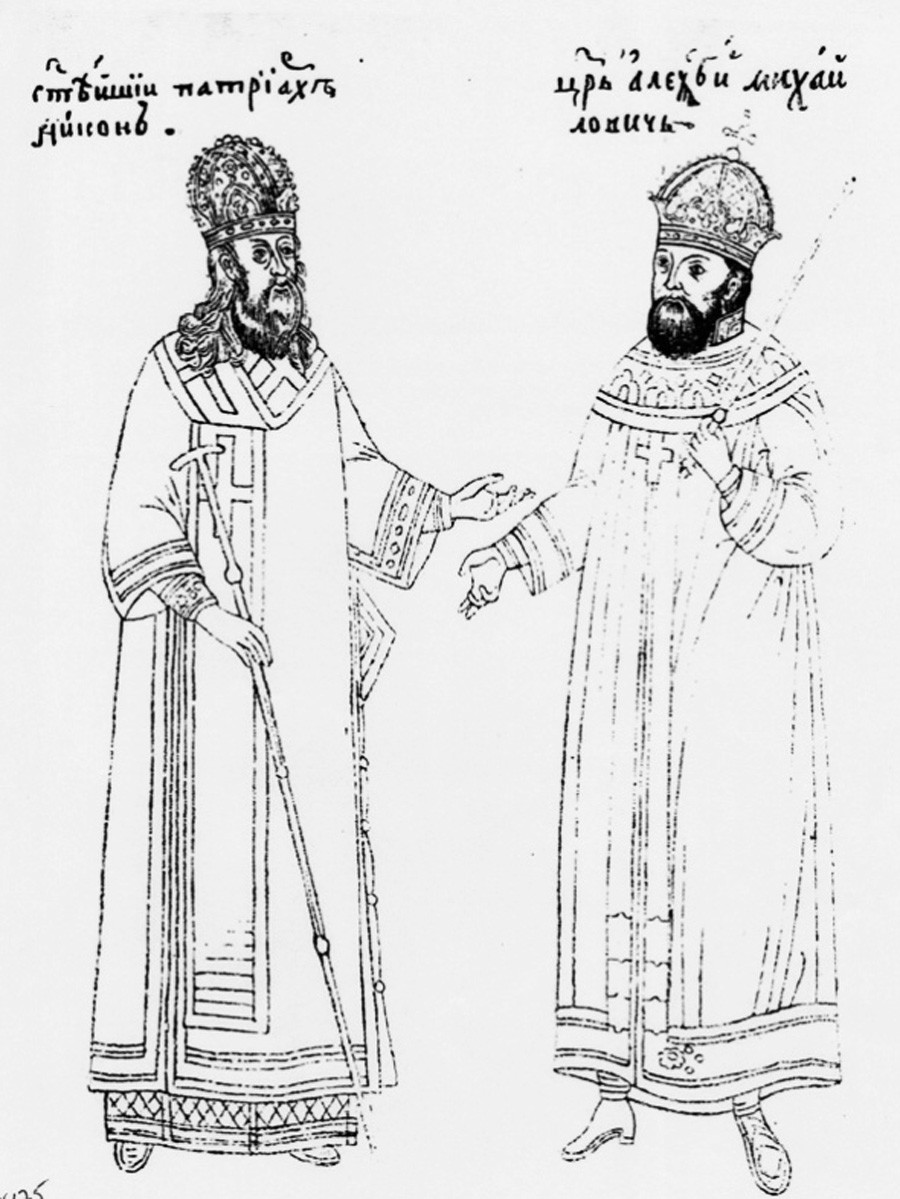
Patriarch Nikon (L) and Tsar Alexis of Russia (R). Miniature from the 17th century
Public Domain18th century: Service to the state, loyalty to the Tsar
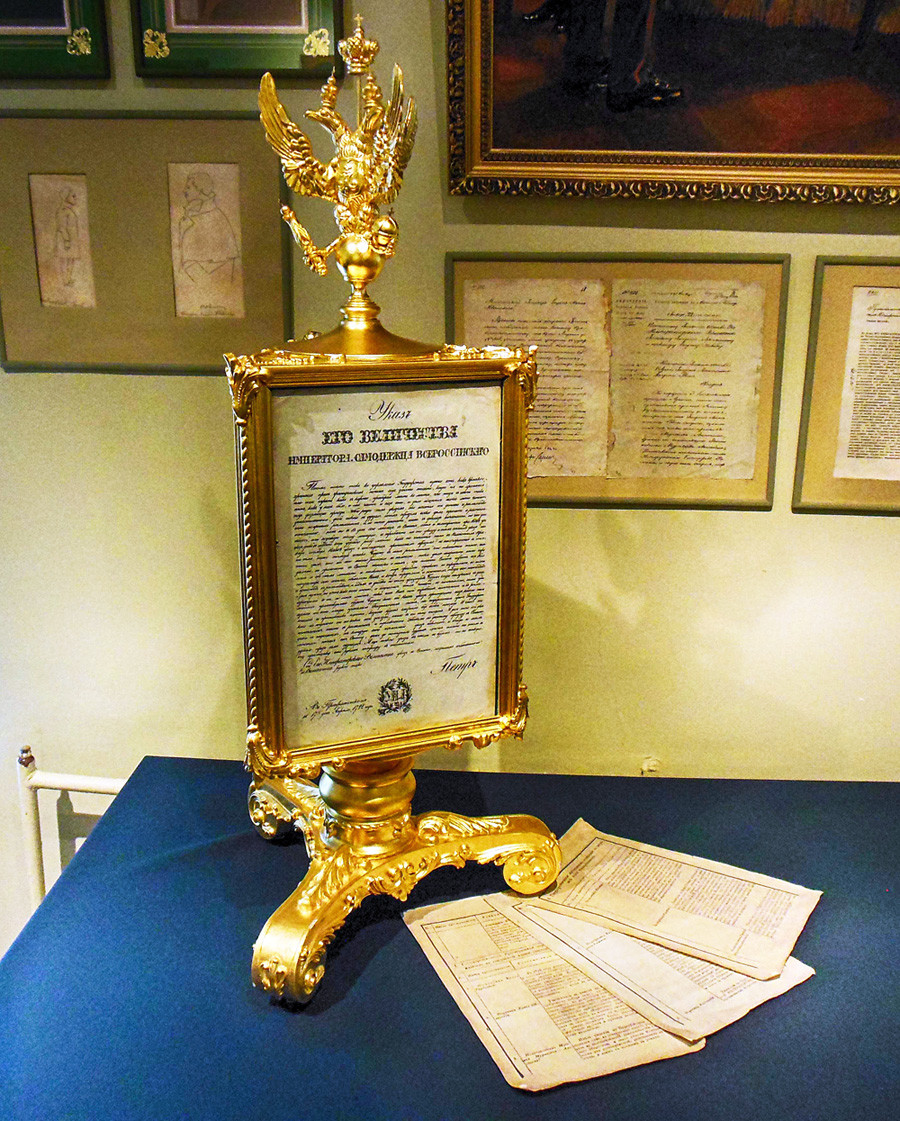
"Zertsalo", a wooden frame containing texts of three Peter the Great's laws on civil service. Such objects were compulsory for any Russian public institution until 1917.
Futureal/Wikipedia19th century: Orthodoxy, Autocracy and Nationality
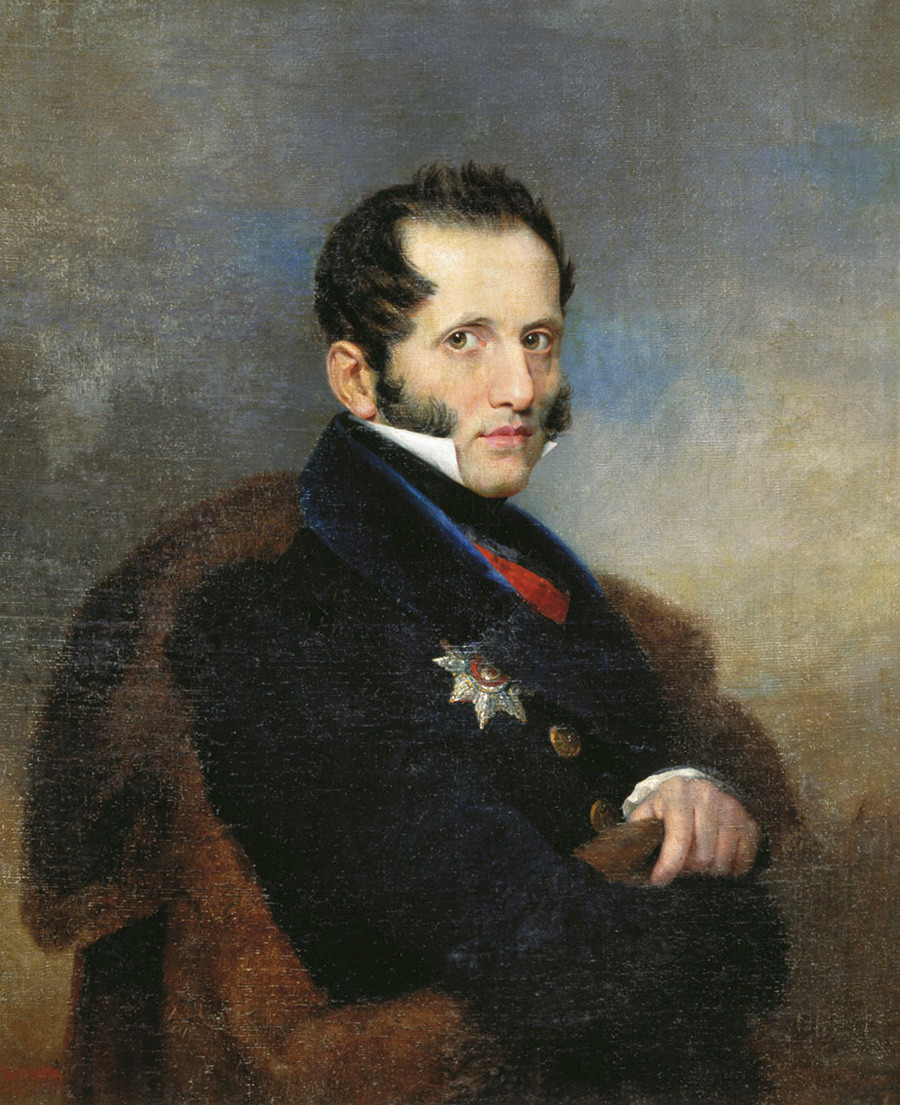
Sergey Uvarov (1786 – 1855), Russian Minister of Education (1833 – 1849), author of "the triad"
Vasily GolikeThis first official ideology, supported by Tsar Nicholas I and many Russian intellectuals, including writer Nikolay Gogol, united the previous national ideas. The triad called for: 1) preservation of the Orthodox faith and protection of the Church; 2) loyalty to the state in its Autocratic form, where the Tsar was the ultimate ruler and Father of the land and people; 3) preserving national traditions and equal civil rights for all nations in Russia. This triad remained the official ideology until the fall of the empire in 1917.
20th century: Workers of the world, unite!
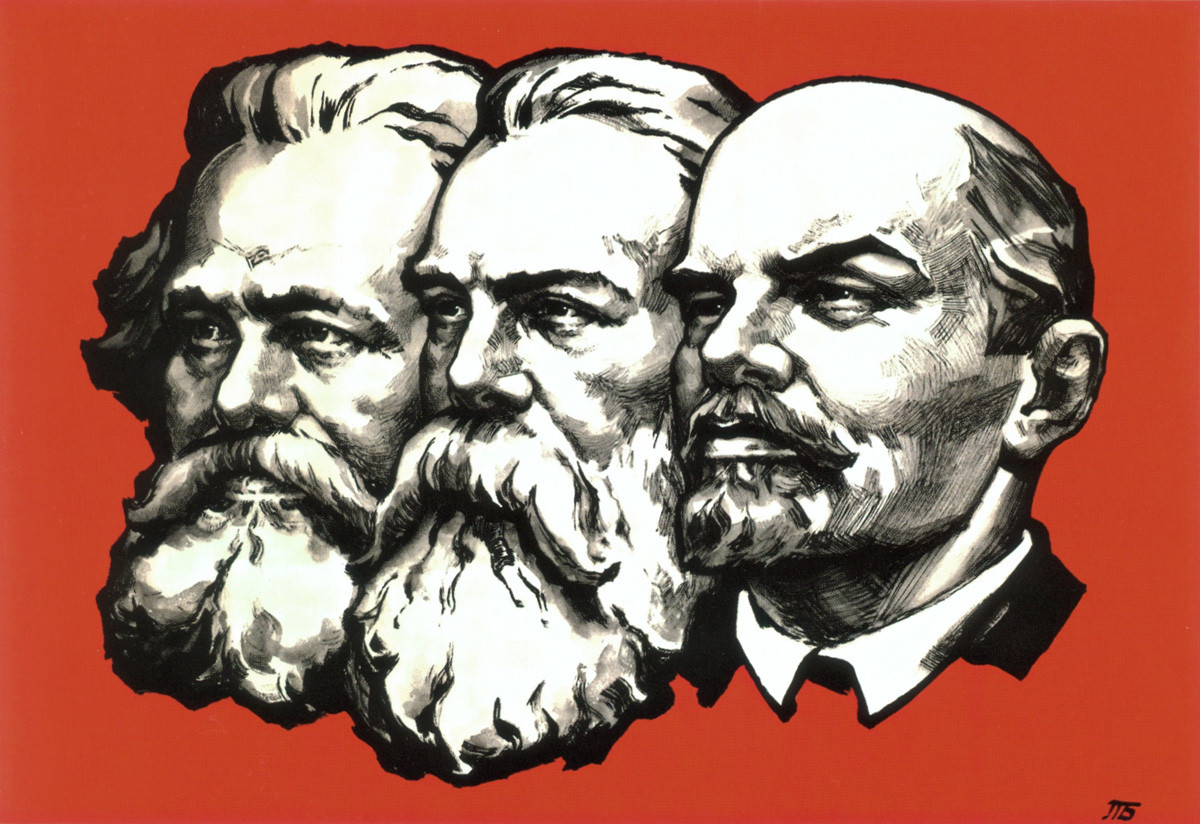
Karl Marx, Friedrich Engels, Vladimir Lenin. A Soviet banner.
Public domainThe “nationality” concept was transformed into the goal of the USSR as an international state uniting different nations in the quest for a free and just world (“the USSR is the stronghold of peace”). Unlike the triad this new ideology had global ambitions – for a long time, the Soviet Union set its sights on the world socialist revolution.
21st century: Unity, Patriotism, Independence
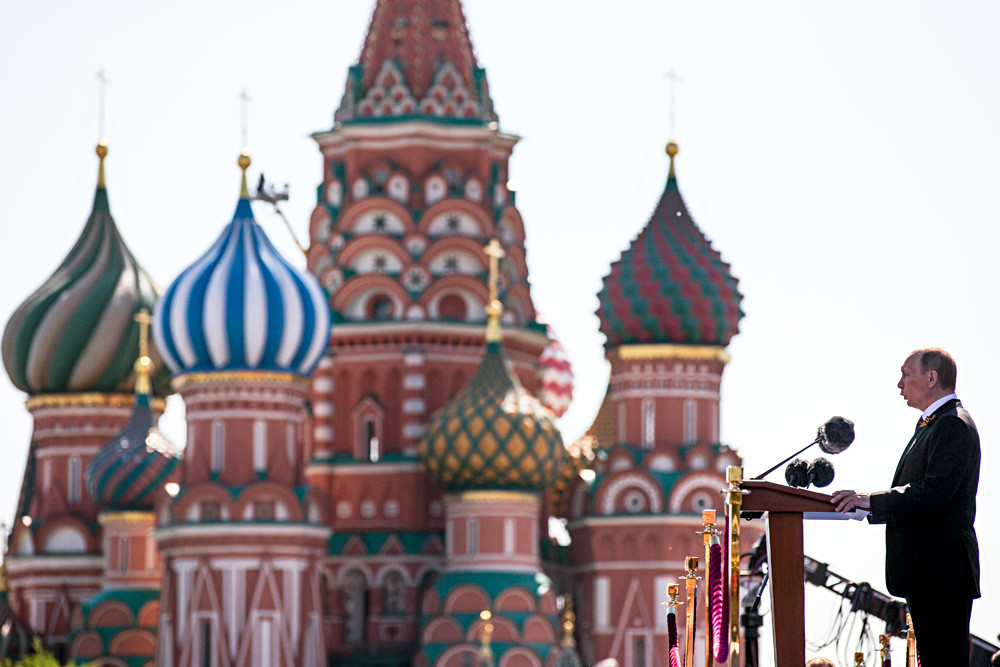
Vladimir Putin holding a speech at the Red Square in Moscow.
APThe Communist ideology, however, came to a dead end when the 1980s economic and political crises shook the USSR, bringing it suddenly crashing down. The obsolete Soviet ideology was tossed on the dustbin of history, and the newly-born Russian Federation spent years without any officially approved ideology until Vladimir Putin took charge. Today’s Russian ideology is almost wholly based on his speeches and the values he draws attention to, the foremost idea is the well-being of the Russian people. This goal, according to Putin, can be achieved by employing three concepts.
First – the unity of the Russian people (the ruling political party is called “United Russia”) – a reinstallment of the “nationality” concept. “Our unity is the strongest foundation for future development,” Putin said in 2018 in his annual address to the Federal Assembly.
Second is patriotism, which “must be based on our history,” and is reinforced by “the development of a healthy way of life that includes physical exercise and sports” to “achieve top results, and pursue victory.”
Third, this all can’t be done without a firm foreign policy: “Russia is a country with more than a thousand years of history, and almost always it has enjoyed the privilege of waging an independent foreign policy,” Putin said. He also emphasized repeatedly that today’s world is multi-polar, and there can be no return to the bipolar times of the Cold War. In a nutshell, today’s Russian ideology is a developed and contemporary version of the 19th-century triad, the longest-standing national idea in Russian history in recent times.
If using any of Russia Beyond's content, partly or in full, always provide an active hyperlink to the original material.
Subscribe
to our newsletter!
Get the week's best stories straight to your inbox